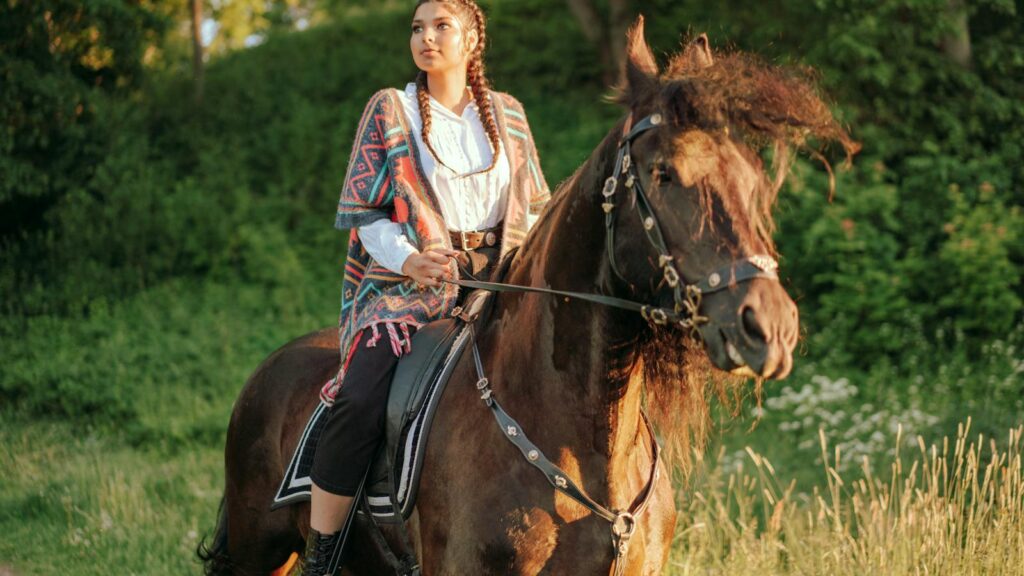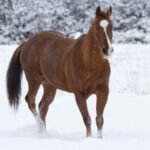Throughout history, mythical mares have captured human imagination with their supernatural powers and otherworldly beauty. From Pegasus to kelpies, these legendary equine creatures feature prominently in folklore across cultures. While these beings exist only in mythology, exploring the theoretical consequences of attempting to ride such powerful creatures without proper training offers fascinating insights into both equestrian principles and mythological narratives. This article delves into the hypothetical scenarios that might unfold if an untrained rider were to mount various mythical mares, examining both the physical dangers and magical repercussions such an endeavor might entail.
Understanding Mythical Mares Across Cultures
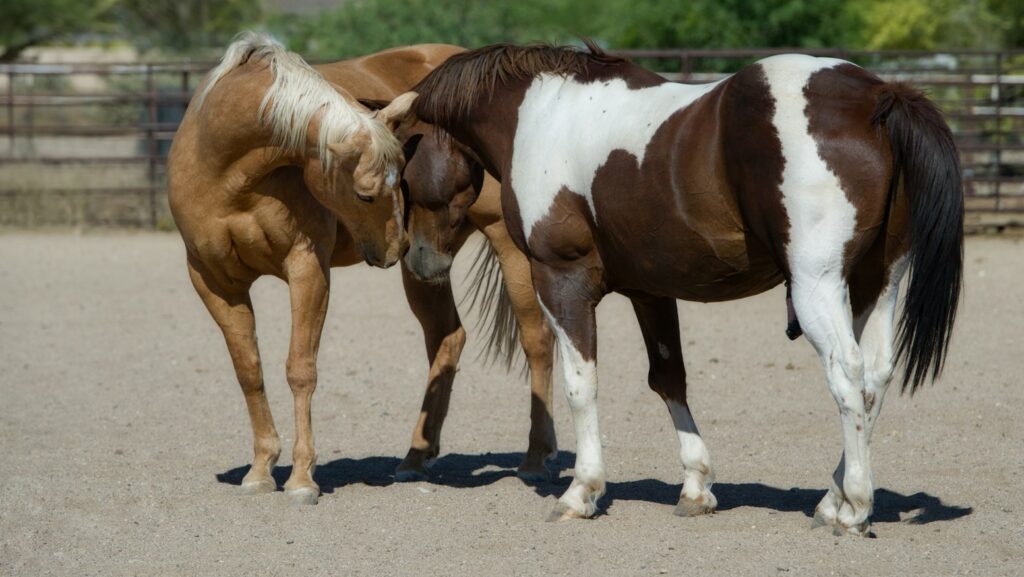
Mythical mares appear in countless cultures around the world, each with distinct powers and temperaments. The ancient Greeks spoke of female hippocampi with fish-like lower bodies, while Celtic tradition tells of the each-uisge, water horses that could shape-shift between equine and human forms. Norse mythology features the eight-legged mare Sleipnir, mother to Odin’s steed. In Slavic folklore, we find the magical firebird horses that breathe flames and run faster than the wind. These diverse creatures share one common trait: they possess supernatural abilities far beyond ordinary horses, making any interaction with them inherently unpredictable and potentially dangerous for the unprepared.
The Fundamentals of Equestrian Training

Even with ordinary horses, riding requires extensive training and developed skills to ensure both rider and animal safety. Proper equestrian training involves understanding horse psychology, mastering balance and posture, learning communication through subtle physical cues, and developing a relationship of mutual trust and respect. Riders typically spend years progressing from basic skills to advanced horsemanship. Without this foundation, riders risk injury from falls, loss of control, and inability to properly communicate with their mount. These risks would be exponentially magnified with mythical mares, whose supernatural powers and temperaments would require specialized training beyond conventional equestrian skills.
Physical Dangers of Riding Pegasus Untrained

Attempting to ride Pegasus, the winged horse of Greek mythology, without training would present extraordinary physical dangers. An untrained rider would struggle with the conventional challenges of horseback riding while simultaneously facing the disorienting experience of sudden flight. The vertical takeoff would likely throw an unprepared rider from Pegasus’s back immediately, resulting in a potentially fatal fall from great height. Even if the rider managed to stay mounted during takeoff, they would lack the skills to balance during aerial maneuvers, especially when Pegasus banks, dives, or changes direction. Additionally, without understanding Pegasus’s unique physiology, a rider might inadvertently restrict wing movement or cause the creature pain, potentially triggering defensive reactions mid-flight.
The Deadly Allure of Kelpies

Kelpies, the shape-shifting water horses of Celtic mythology, represent perhaps the most dangerous mythical mares to approach without training. These creatures appear as beautiful horses near bodies of water, deliberately enticing humans to mount them. According to legend, once a person touches a kelpie, they become stuck to its magical hide and cannot dismount. The kelpie then gallops into the deepest part of its lake or river, drowning its rider before devouring them. No amount of conventional equestrian training would protect against this supernatural trap. Only specialized knowledge of kelpie lore—such as the protective properties of silver or iron bridles—would give a human any chance of surviving an encounter with these malevolent water spirits.
Psychological Effects of Riding Mares of Diomedes
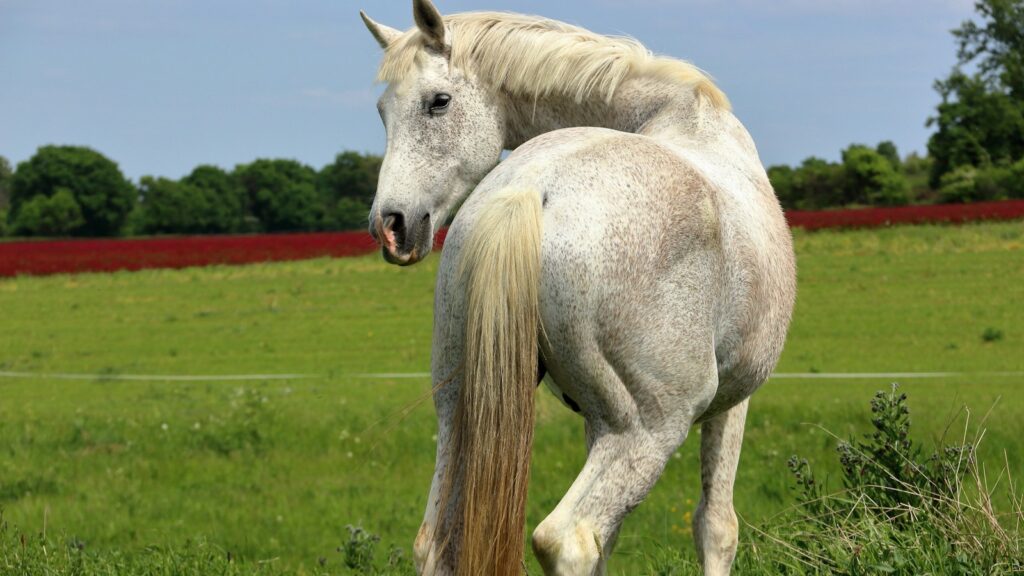
The mares of Diomedes from Greek mythology were known for their man-eating tendencies and uncontrollable aggression. These four mares—Podargos, Lampon, Xanthos and Deinos—were fed human flesh by their owner, the Thracian king Diomedes, making them savage and bloodthirsty. An untrained rider attempting to mount one of these creatures would face immediate psychological warfare. The mares were said to exude an aura of rage and bloodlust that could overwhelm human minds, causing panic, disorientation, and primal fear. Without specialized mental conditioning against supernatural influence, a rider would likely experience severe psychological trauma before the mare even had a chance to physically attack. Historical accounts suggest that even experienced warriors approached these mares with extreme caution, and only Heracles successfully captured them as one of his twelve labors.
The Unpredictable Nature of Mares in Transformation

Many mythological traditions feature mares capable of transformation, such as the Norse mare Hrimfaxi who changes from flesh to mist as she pulls night across the sky. Riding such a creature during transformation would subject an untrained rider to extraordinary physical stresses as the mare’s form shifts beneath them. The rider might experience sensations ranging from passing through semi-corporeal states to feeling their own molecular structure responding to the mare’s magic. Without specialized training to maintain consciousness and bodily integrity during such events, riders could suffer disintegration of their physical form or become trapped between realms of existence. Some legends suggest that humans caught in such transformative states neither fully die nor continue living as humans, instead becoming liminal beings trapped between worlds.
The Challenge of Riding Sleipnir’s Offspring

Sleipnir, the eight-legged horse of Norse mythology, was actually a mare who gave birth to extraordinary offspring with varied magical abilities. Any attempt to ride these descendants without proper training would present unique challenges far beyond conventional horsemanship. The unusual gaits of eight-legged equines would render traditional riding techniques useless, as the physics of movement differ fundamentally from four-legged horses. An untrained rider would struggle with spatial disorientation as the creature’s multiple legs create motion patterns the human brain isn’t wired to anticipate. Additionally, Sleipnir’s offspring were said to possess the ability to travel between worlds on the branches of Yggdrasil, the world tree. Without training in interdimensional travel protocols, a rider might become lost between realms with no way to guide the mare back to Midgard (Earth).
Magical Consequences of Riding Sun and Moon Mares

Various mythologies feature mares responsible for pulling the sun or moon across the sky, such as the Norse Skinfaxi (shining mane) who pulls the sun chariot. These celestial mares exist partially in the physical realm and partially in the realm of cosmic forces, making them particularly dangerous mounts for the untrained. A rider attempting to mount such a creature would be exposed to raw cosmic energy, potentially suffering molecular destabilization or spontaneous combustion from proximity to solar energies. Time dilation effects would likely occur, causing the rider to age rapidly or experience temporal displacement. Legends suggest that mortals who have glimpsed these mares from afar have been blinded by their radiance or driven mad by visions of cosmic truths humans weren’t meant to comprehend.
The Curse of the Nightmare
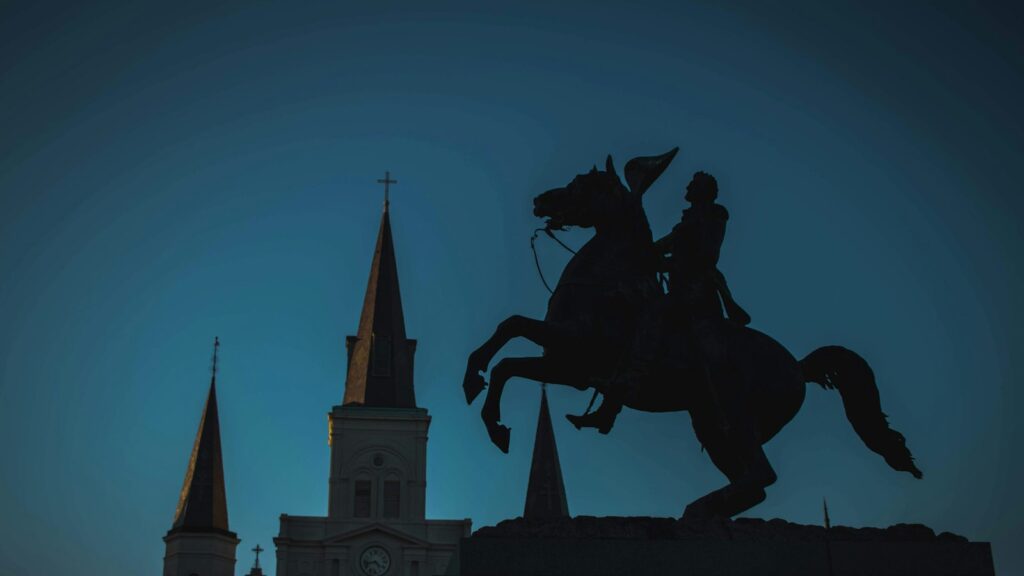
The nightmare, derived from the Old English “mare” meaning demon, represents a particularly insidious type of mythical mare. These creatures were believed to sit on sleepers’ chests at night, causing terrifying dreams and sleep paralysis. Attempting to ride such an entity without specialized magical training would expose the rider to profound psychological attacks. The nightmare would likely turn its dream-manipulation abilities against the rider’s conscious mind, trapping them in hallucinatory states or manifesting their deepest fears in seemingly physical form. Historical accounts of nightmare encounters suggest victims experienced time loops, identity dissolution, and persistent hauntings long after physical contact ended. Some folklore indicates that those who voluntarily mount nightmares become permanently bound to them, suffering endless nights of torment even when awake.
Environmental Hazards of Elemental Mares
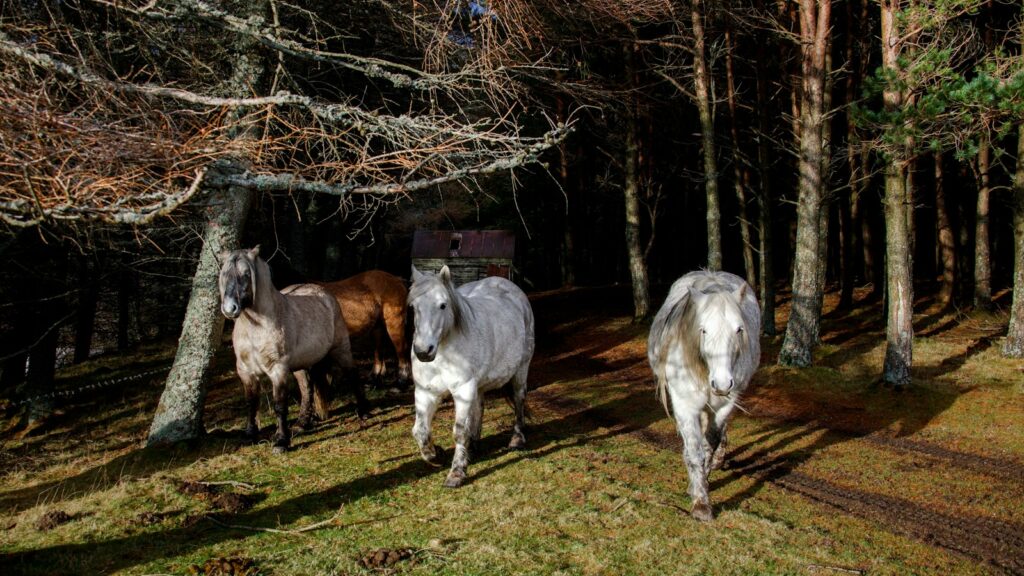
Many mythologies feature mares embodying elemental forces like fire, water, wind, or earth. The Russian firebird horses, Japanese water-horse Kappa in mare form, or the wind mares of Arabic legends all represent elemental powers in equine form. Riding these creatures without proper training would expose an unprepared rider to intense elemental energies incompatible with human physiology. Fire mares would likely burn a rider to ash within moments of mounting, while water mares might drown riders in their own bodily fluids through osmotic manipulation. Wind mares could tear riders apart molecule by molecule as they accelerate beyond the speed of sound, and earth mares might gradually petrify their riders, turning flesh to stone. Only riders with specialized magical protection against these specific elemental forces would have any chance of surviving such encounters.
Legal and Ethical Implications in Mythical Realms
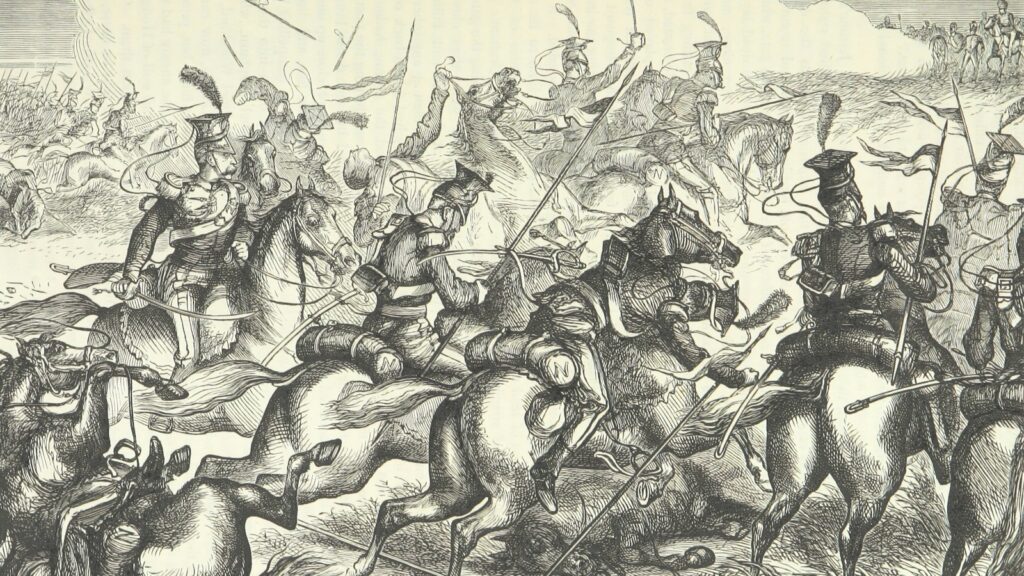
Beyond the physical and magical dangers, attempting to ride mythical mares without training would likely violate the complex legal and ethical codes of various mythological realms. Many of these creatures serve divine purposes or belong to powerful deities—Pegasus was ultimately claimed by Zeus, while the mares of the sun answer to Apollo or Sol. Unauthorized riding attempts would constitute theft of divine property, potentially invoking the wrath of gods or supernatural beings. Historical myths are rife with examples of mortals punished severely for lesser transgressions against divine order. Additionally, many mythical mares possess sentience and intelligence far beyond normal horses, raising serious ethical questions about attempting to ride them without consent, particularly for creatures capable of human-level reasoning and emotion.
Preparing for Mythical Mare Encounters
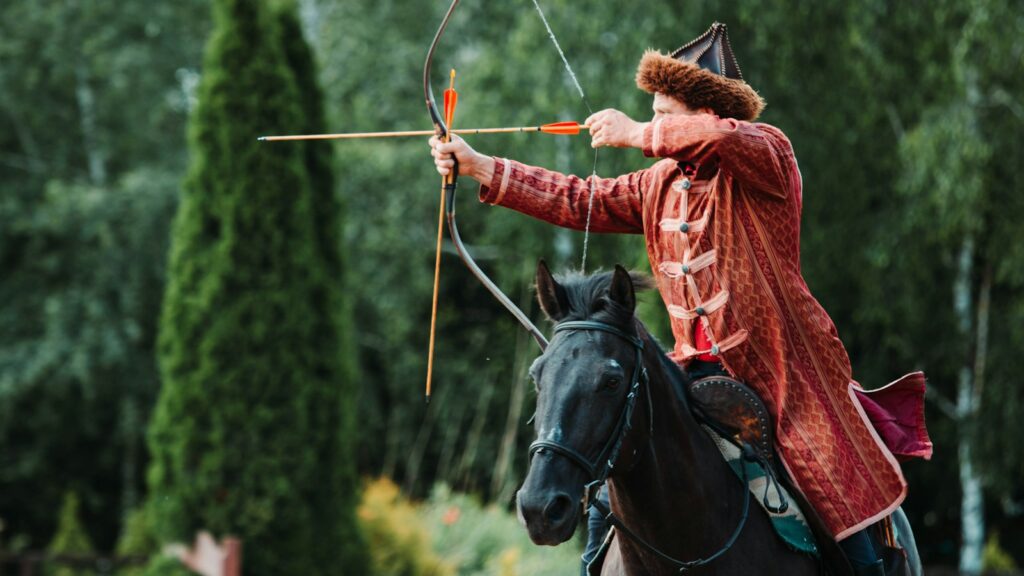
While conventional equestrian training provides no adequate preparation for riding mythical mares, various mythological traditions offer guidance for those determined to attempt such feats. Ancient texts suggest specialized talismans, incantations, or rituals specific to each type of mythical mare. For instance, Bellerophon tamed Pegasus using a golden bridle given to him by Athena after sleeping in her temple. Protection against kelpies required silver or blessed bridles that negated their adhesive skin. Some traditions recommend fasting or specific purification rituals before approaching divine mares, while others emphasize the importance of proving one’s worthiness through quests or challenges. In nearly all cases, the approval of the relevant deity or supernatural guardian appears necessary for safe interaction with these powerful creatures.
Accounts of Successful Mythical Mare Riders
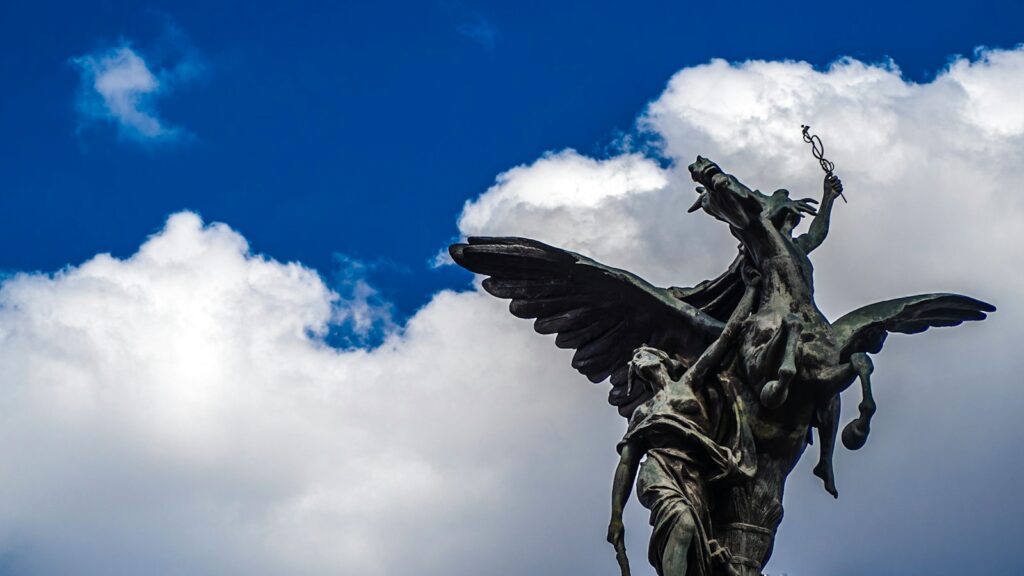
Throughout mythology, the few who successfully rode mythical mares share certain common characteristics worth noting. These exceptional individuals typically received divine blessing or intervention before attempting to ride supernatural equines. Bellerophon received divine assistance before mounting Pegasus, while Heracles completed previous labors before tackling the mares of Diomedes. Successful riders often possessed supernatural heritage themselves—being demigods or having divine ancestry—suggesting ordinary humans lack the inherent capabilities to survive such encounters. Additionally, these mythical heroes typically acquired specialized magical items specifically designed for controlling supernatural equines, such as enchanted bridles, saddles with binding runes, or bits forged from rare magical metals. The consistent pattern across these accounts strongly suggests that untrained, unprepared humans have virtually no chance of successfully riding mythical mares.
conclusion
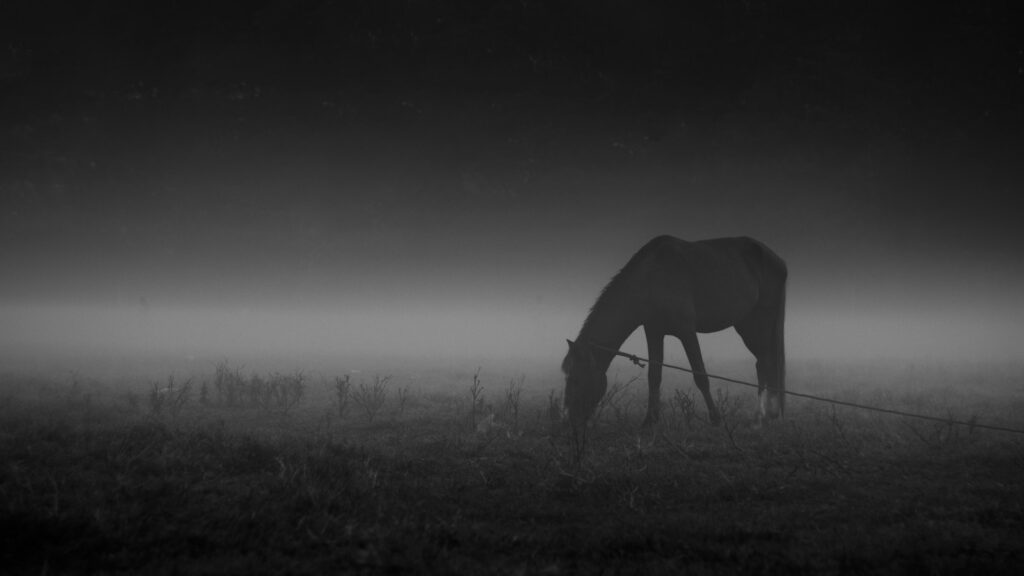
The hypothetical consequences of riding mythical mares without training would be dire indeed, ranging from immediate death to eternal magical torment. These legendary creatures, while captivating in stories and artwork, represent forces far beyond human control. The narratives surrounding them serve as powerful metaphors for humanity’s relationship with the natural and supernatural worlds, reminding us of our limitations and the importance of approaching the unknown with proper preparation and respect. While we may never have the opportunity to encounter such magnificent beings, the legends of those who did continue to fascinate and inspire us, carrying ancient wisdom about power, preparation, and the dangerous beauty of the supernatural.

